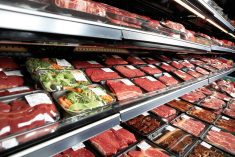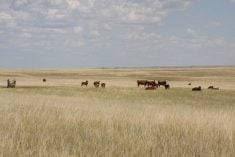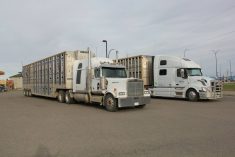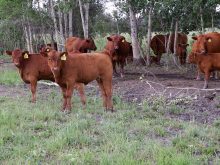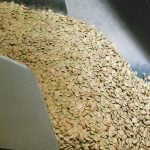Beef producers who haven’t age verified their calves might be costing themselves money at the auction mart.
Manitoba Agriculture beef production specialist John Popp says the process is not rocket science, and efforts have been made to simplify it.
Batch-verifying an entire spring’s calf crop is the simplest way to get it done, Popp recently told a beef meeting hosted by the agriculture department in Neepawa.
Popp, who has been age verifying his own calves for four years under the Canadian Cattle Identification Agency program, said recent sale results have shown that it is worth the trouble.
Read Also
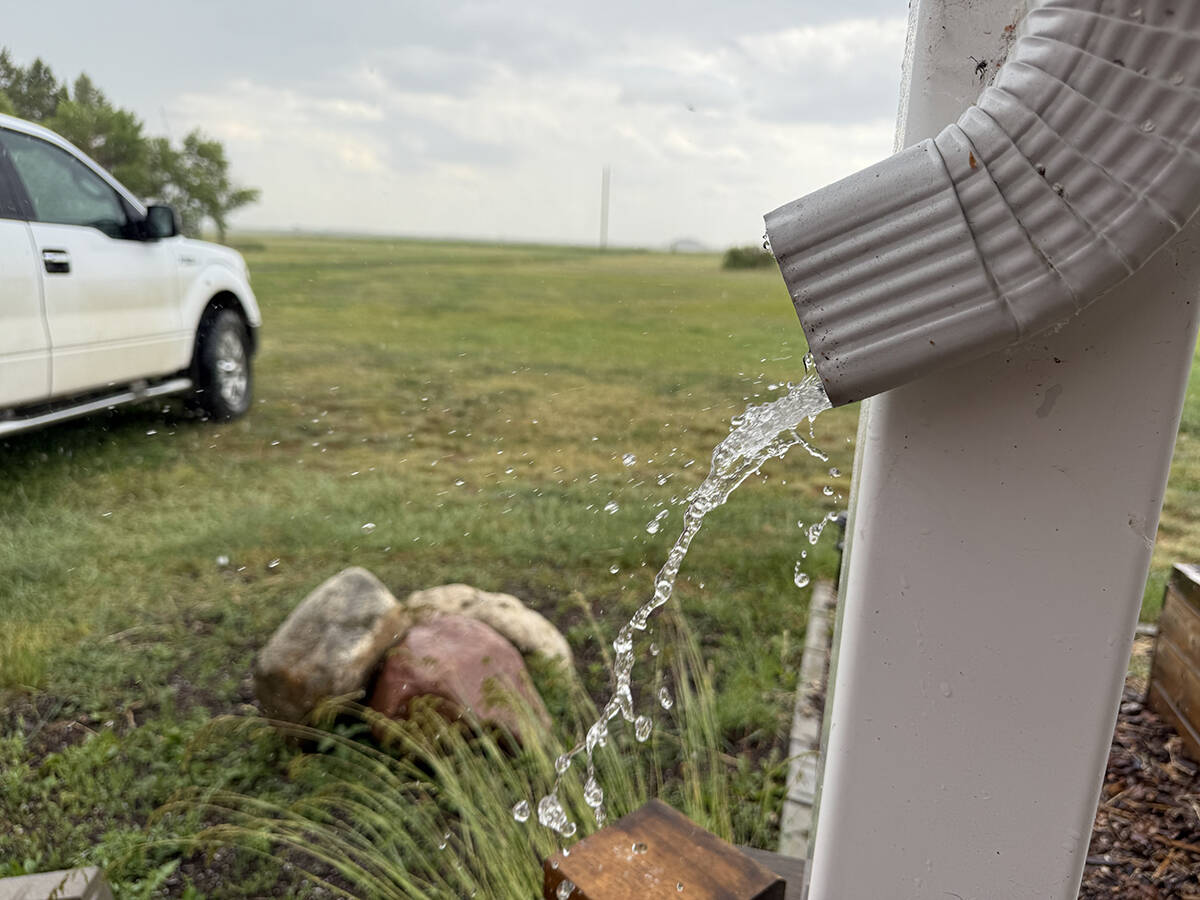
August rain welcome, but offered limited relief
Increased precipitation in August aids farmers prior to harvest in southern prairies of Canada.
“This summer, if you took age verified cows to Quintaine’s (a livestock auction company), they were worth 15 cents a pound more than non-age verified cows,” Popp said.
“You know what? Fifteen cents a lb. on a 1,200 lb. cow is 125 bucks.”
Age verification links an identification number with an animal’s birth date, using a single tag or a tag group.
The easiest way to do it, he said, is for producers to buy a package of sequentially numbered tags from their local farm supply retailer and type in the date calving started for the year’s calf crop on the CCIA website.
When calving is finished, update the information and print off a certificate.
“It takes five minutes and you’re done age verifying. That’s the simplest way to do it,” he said.
“Do they care at the sale ring whether your calves are individually age verified versus batch age verified? No. They just want them to be age verified.”
The certificate that covers the year’s entire calf crop can be dropped off at the auction mart with each lot of calves that are sold during the year.
“It’s not designed to create a nightmare for you,” he said.
“If you’ve got 200 calves born, you can print out one certificate form. Then for the next six months, when you market off that batch of calves, that’s the one piece of paper that you take in. You just print it, then you sign it …. Don’t make it complicated. As long as you have the piece of paper, they’re happy.”
Cattle with papers may not command a premium, but those that don’t will be sold at a discount, he said.
Producers who encounter trouble can call a toll-free number listed at www.canadaid.ca or they can talk to agriculture department employees.
Popp said holdouts who grumble that the process is annoying, frustrating and unnecessary are running out of excuses to participate.
For example, those who don’t have a computer or internet access at home can go on-line at their local library.
In Manitoba, producers who don’t know how to use computers can mail the necessary information to the Manitoba Cattle Producers Association, whose staff will type it into the CCIA website and send producers back a certificate.
As well, some vet clinics have begun offering the service for a fee, Popp said.
As a last resort, agriculture department employees are willing to help producers who are still struggling with the process.
Compared to other parts of the world, Canadian cattle producers have enjoyed a relatively light regulatory environment, but increasing regulation is “just reality,” he said.
In Britain, all livestock must have an “individual passport,” and in Germany, where Popp visits each year, dairy calves must have four tags.
“Calves there have two tags, and then an electronic ID tag and a bar code tag,” he said.
“Four tags per calf. I said, ‘where else can you stick tags, guys? Like, wow.’ “



